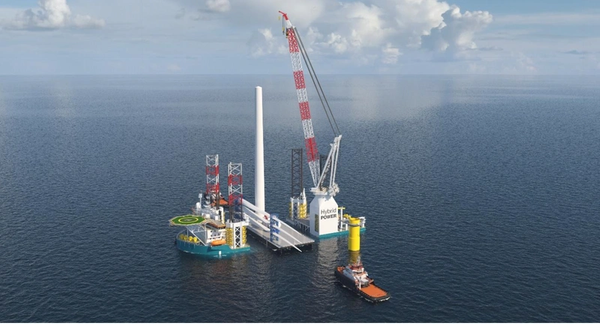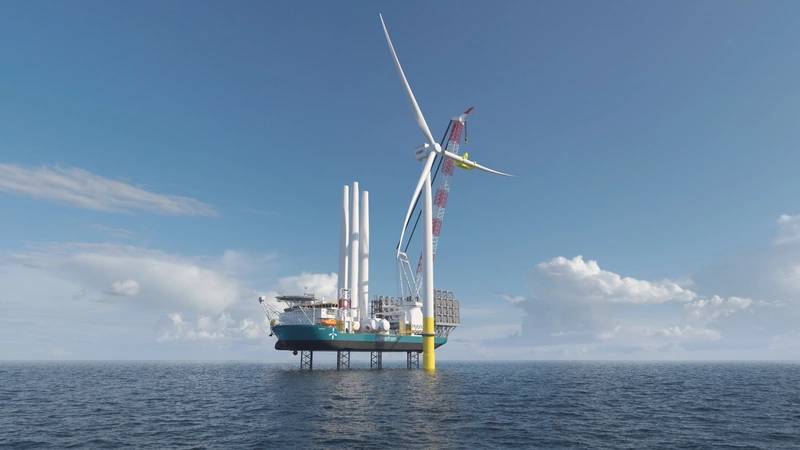
Institutional investors advised by J.P. Morgan Global Alternatives, in cooperation with Norwegian offshore services firm Havfram, have signed a letter of intent with China's CIMC-Raffles to build "a series of next-generation, state-of-the-art wind turbine installation vessels (“WTIV”)."
The jack-up installation units will be offered for market entry in 2024, Havfram said.
The first vessels will be built at CIMC-Raffle’s Yantai yard in China for delivery in 2024.
"The plan is to operate several vessels in the global offshore wind market with both traditional jack-ups for turbine installation as well as a cost-effective feeder solution for the US market in particular,"
Havfram said, without sharing details on how many vessels exactly would be ordered. Financial details were not shared either.
"The WTIVs have been designed and created by an experienced offshore wind team focusing on installation efficiency in partnership with Gusto MSC as ship designer and in close collaboration with leading offshore wind developers and turbine suppliers," Havfram said.
The design includes green technologies and lessons learned from more than a decade of experience from WTIV operations and offshore wind construction, the company added. Credit: Havfram
Credit: Havfram
J.P. Morgan’s Global Transportation Group is a developer, owner, and operator of a broad range of air, sea, and land-based transportation assets., with a fleet of over 100 vessels.
Havfram, previously known as Ocean Installer, is an offshore marine construction company best known for its subsea installation services in the oil and gas sector.
The company in December 2020 changed its name to Havfram - Ocean Forward in Norwegian - saying the name change reflected the company's growing commitment to offshore wind.
The agreement with CIMC comes less than two months after the company said it planned to order a jack-up wind turbine installation vessel capable of installing giant wind turbines of the future, aimed at the growing U.S. offshore wind market.
It at the time said the vessel would have "class-leading" hook height and the capability to install the next generation of 20MW plus wind turbines while having the potential to be powered by zero-emission fuel.